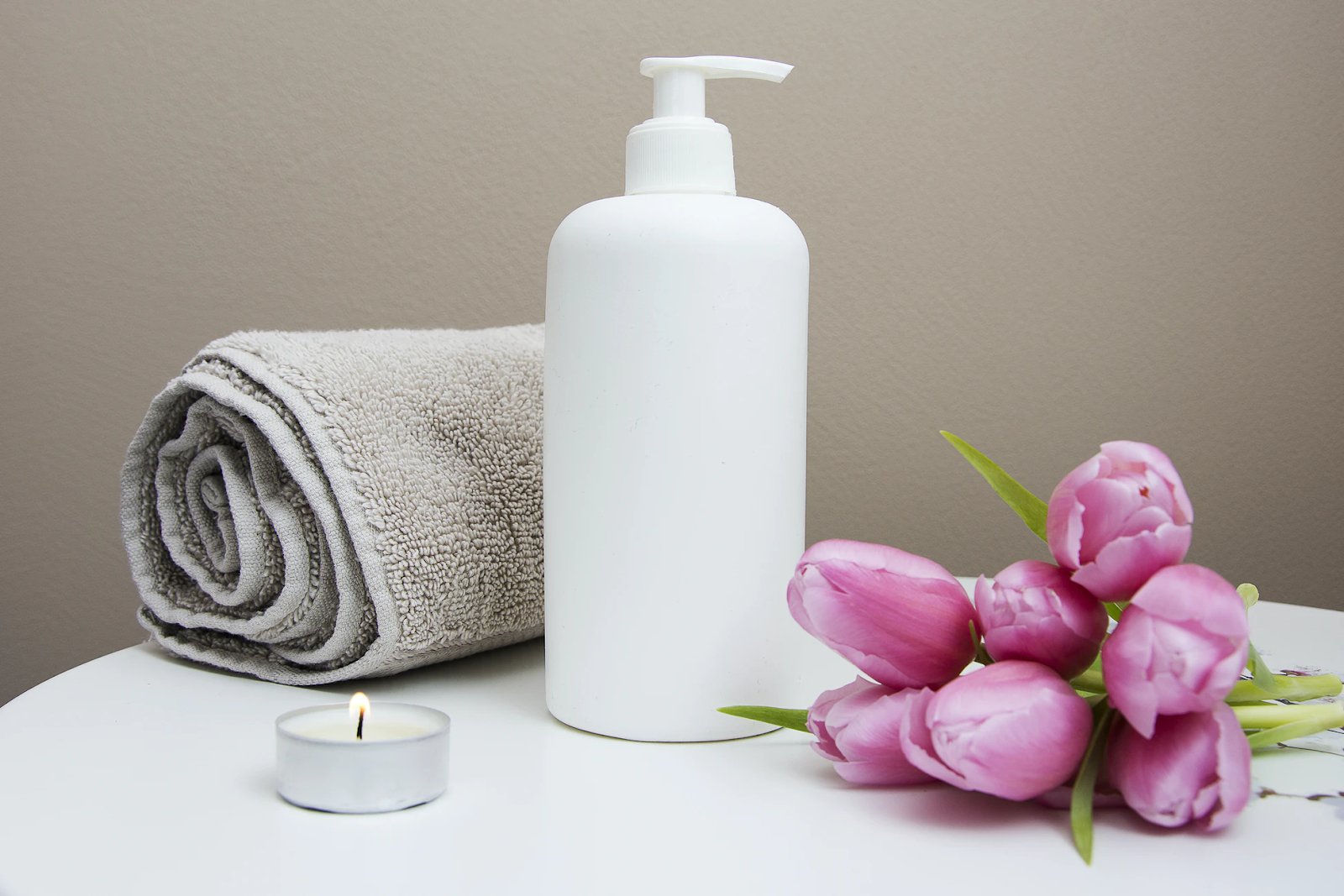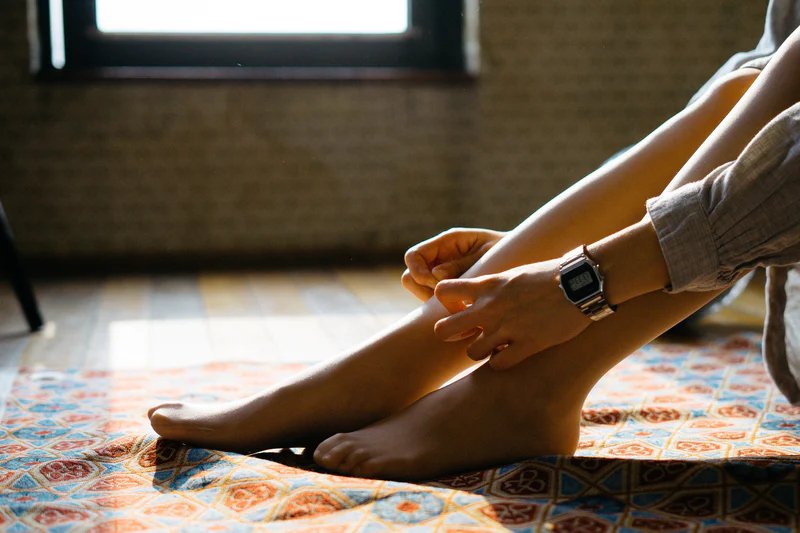When it boils down to tackling unwanted hair, the truth is that you have a ton of options. From shaving to sugaring, to laser hair removal to waxing - there are many methods to kick your unwanted body hair to the curb. However, each method comes with its own set of pros and cons.
Take shaving, for example. Shaving offers a quick solution to getting rid of undesirable hair, but in many cases, it leaves you with a cut or two and annoying stubble as soon as the very next day.
Waxing is another quick solution to getting rid of unsightly hair. However, having the little hairs ripped from your sensitive upper lip for an example is pretty painful, to say the least.
Tweezing is also a popular method but can take quite a bit of time and a delicate hand to properly tweeze every single hair you want to be removed.
All of these techniques are great, but if you are looking for a more permanent solution to kick your unwanted body hair to the curb, it might be time to look into laser hair removal treatment.
But what about laser burns?
Laser hair removal treatment is a popular and effective method to permanently get rid of unwanted hair, but in some cases, burns can happen. But don’t worry - we know how to avoid them and treat them if they happen, so grab a cup of coffee and keep reading as we tell you everything you need to know about laser hair removal burns.
Let’s dive in!
How Does Laser Hair Removal Treatment Work?
Laser hair removal is a cosmetic medical procedure that uses a concentrated monochromatic beam of light (laser) to remove unwanted hair. During treatment, the powerful laser emits a light that is absorbed by the melanin in the hair. The light energy is then converted to heat, which destroys the hair follicles that produce hairs. This damage inhibits or delays future hair from growing.
Although laser hair removal effectively delays hair growth for long periods of time, it usually doesn’t result in permanent hair removal, despite popular belief. Multiple laser hair removal sessions are needed for initial hair removal, and touch-ups or maintenance treatments might be needed as well to ensure that the hair follicles do not regenerate.
This popular treatment is used to reduce unwanted hair on any part of the body, excluding the eyes. The most common areas to get treatment include the face, legs, underarms, chest, bikini line, and back.
Laser Hair Removal Burns
Laser hair removal treatment can be dangerous if not carried out properly. It’s a process that targets the hair follicle, and if not done accurately, it can lead to severe first-degree burns, which might cause sores and blisters - ouch! This leads to hyperpigmentation, which might take a year or two to heal depending on your skin tone.
The most common causes of laser burns in hair removal treatment include:
- Improper and poorly carried out procedures
- An incorrect choice of laser device
- Aftercare skin treatment is incorrect
- Unqualified and inexperienced technicians
- Incorrect heat used during treatment
Laser burns are usually first degree burns, which are considered the mildest of burns. Unfortunately, it’s a very common experience when unqualified or inexperienced practitioners use cheap or replica laser machines to carry out treatments.
Rarely would you suffer a burn from a laser if you chose to have the procedure carried out by a true, correctly trained, and experienced medical professional.
In short, it’s best to avoid beauty salons and medical spas that offer a laser hair removal procedure at a cheaper rate to save a buck or two because you are putting yourself at risk of sustaining a painful laser burn during your treatment, which could cost you more money to heal in the long run.
How to Avoid Laser Burns
One of the only ways to reduce the risk of suffering from laser burns is to ensure you go to a reputable dermatologist or beauty salon that offers the procedure. Also, be sure the specialist is experienced in using lasers. Some of the other ways to avoid suffering from painful laser burns are as follows:
- Make sure the laser device that is used suits your skin type, skin tone, and hair color.
- Make sure the laser device is FDA approved and has been well maintained.
- Make sure your laser treatment is carried out by an experienced and licensed technician.
- Make sure you shave your legs 24 hours before your laser session, so the visible hair does not get singed by the laser.
How to Treat Laser Burns
If you sustain laser burns during treatment, depending on the severity of the burn, you can apply first-aid to your injury yourself at home. Here are a few tips to help ease the pain:
- Keep ice on the affected area to help with any swelling or try taking a cool bath.
- Stay away from greasy or occlusive ointments on your laser burn unless a doctor recommends you to do so because ointment tends to trap in heat.
- Avoid tight-fitting clothes that could further irritate the burn.
- If you exercise, it is important to always keep your burn clean and free of sweat.
- If any blisters appear from the burn, do not “pop” those blisters as tempting as it might be because it could make the injury vulnerable to infection, which could then end up leaving scars.
- Try an over-the-counter pain reliever like ibuprofen. (Consult with your doctor as needed)
- If the technician recommends wrapping your burn in gauze, be sure not to wrap it too tightly.
While you can treat a mild laser hair removal burn fairly easily at home, you should get professional medical advice if you are in any way concerned and certainly get medical attention for more severe burn injuries. Your doctor can assess the severity of your burn and prescribe the appropriate meds to help your injuries heal properly.
Can At-Home Laser Hair Removal Devices Cause Burns Too?
In short, it depends. There are a ton of at-home laser hair removal devices on the market today, but unfortunately, they are all not created equal.
If you are interested in an at-home laser hair removal device, it is important to do your research. Purchase from an honest and reputable company like KENZZI that offers the worlds #1 at home IPL handset to effectively remove unwanted hair. This super tool will not only leave your skin silky smooth and hair-free, but it is also extremely gentle and safe to use on the skin.
Recap
Laser hair removal is extremely effective and happens to be the only method of hair removal that can prevent the growth of unwanted hair. However, just like with the other popular methods of hair removal - shaving, waxing, tweezing, etc. - side effects can occur.
Laser hair removal burns are no fun. They can leave your skin feeling hot, sore, and tender to the touch. Many people will tell you the feeling is similar to that of a mild sunburn. The best way to avoid burns from laser hair removal treatment is to make sure you are getting the procedure done through an experienced and qualified technician.
If a laser burn does occur, simply take it easy for the next couple of days and keep an ice pack on the affected area to reduce the swelling. An over-the-counter pain reliever can help as well to ease discomfort. After a few days of self-care, your burn will begin to subside, leaving you with flawless, hair-free skin.
Sources:
Read more

Traditional hair removal methods like plucking, waxing, sugaring, and shaving can be time-consuming, painful, and need to be repeated over and over again, which can be frustrating and exhausting to...

Choices - the world is chocked full of them. You can’t turn a corner without having to make some kind of choice. Would you prefer chicken or steak? Tea or coffee? Boxers or briefs? It’s the same w...

Leave a comment
All comments are moderated before being published.
This site is protected by hCaptcha and the hCaptcha Privacy Policy and Terms of Service apply.